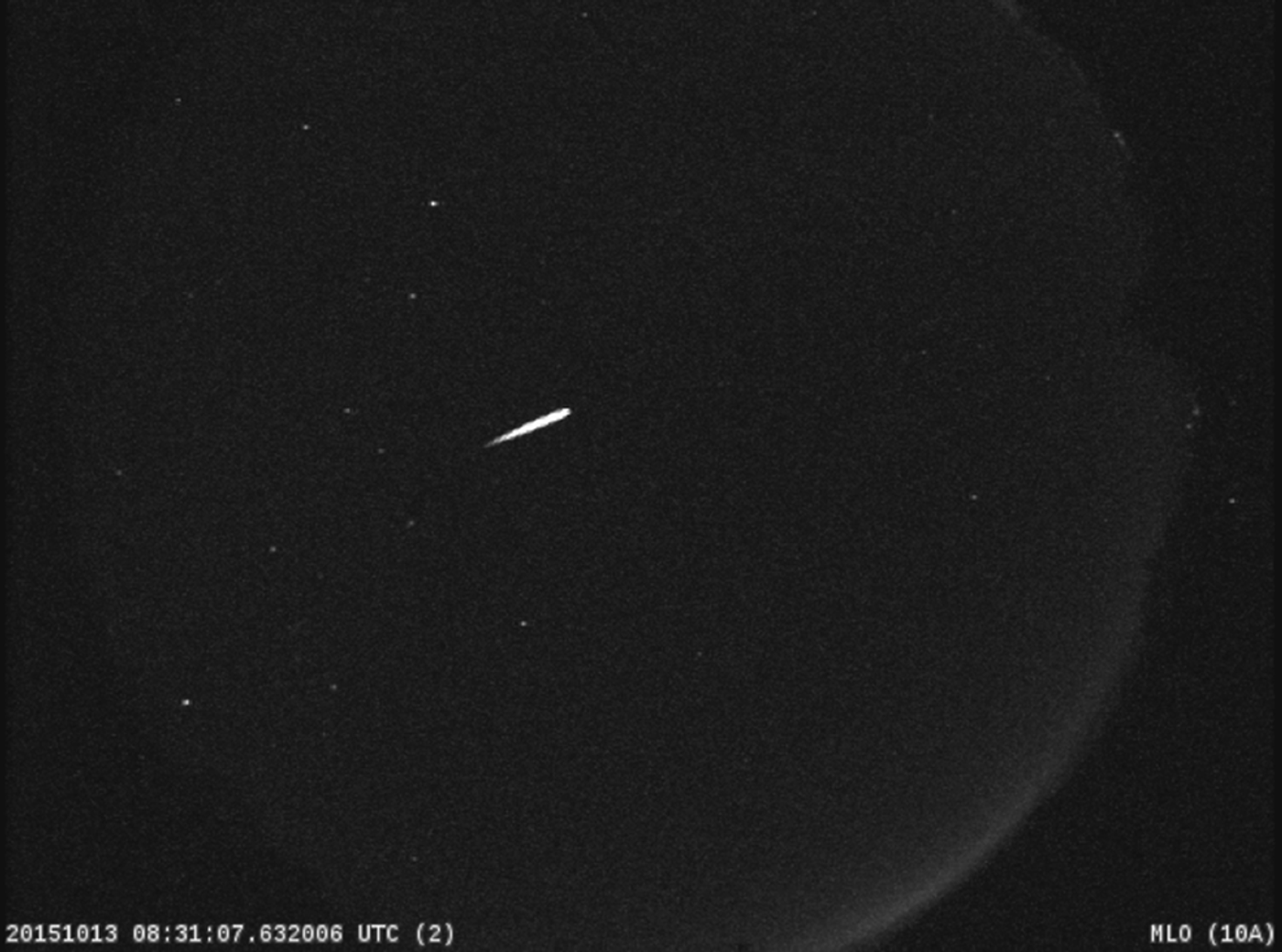Will You Be Watching Tonight's Orionid Meteor Shower?
Every year, at around this time, something spectacular happens for late-night sky-gazers. A meteor shower known as the Orionid Meteor Shower takes place.

Image Credit: NASA
Tonight (October 21st, 2016), that meteor shower will occur again, and its visibility is expected to continue through this weekend, so even if you can’t tune in tonight, then perhaps you will see some of the meteor shower Saturday or Sunday instead.
The space rocks that make up the Orionid Meteor Shower are reportedly fragments of Comet 1P/Halley, better known as Halley’s Comet, is famous because it’s the only short-period comet that is visible to the naked eye and can appear up to twice in a human lifetime (about once every 75 years).
Every year, the intensity of the shower is different, but experts are saying that anyone tuning into the meteor shower this year and expect to see up to 25 ‘shooting stars’ per hour and as little as 12 per hour, but either way it’s sure to put on a good show.
"The Orionids will probably show weaker activity than usual this year,” says Bill Cooke of the NASA Meteoroid Environments Office. “Bits of comet dust hitting the atmosphere will probably give us about a dozen meteors per hour."
The optimal time to watch the meteor shower is from Midnight to Dawn, with the hours just leading up to Dawn being the best for visibility purposes. You want to make sure there’s a clear sky and that there isn’t a ton of light pollution around you that might interfere with visibility. Unfortunately, the Moon can be a very troublesome source of light pollution at this time of the year.
As the name of the meteor shower suggests, you’ll want to be looking towards the direction of the Orion constellation. This is typically the part of the sky where the meteor shower likes to show itself. A red giant star called Betelgeuse is famously present within this constellation.
If you’re unable to watch in person because of too much light pollution or unclear skies, NASA will be live-streaming the event for you so you can still watch. Just make sure to tune in at the proper time.
Not sure what to expect? Here's a good demonstration of what the Orionid Meteor Shower has been like in previous years:
Source: NASA








